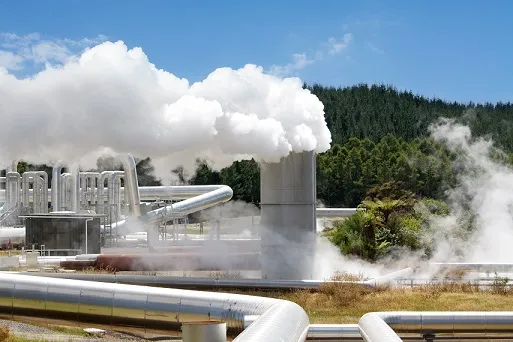
Chinese power plants found 'seriously exceeding pollution discharge limits'
Here are other findings.
According to a release, the Institute of Public and Environmental Affairs, in conjunction with Renmin University Institute of Environment and Planning, the SEE Foundation, Friends of Nature, Envirofriends and Nature University, will jointly release the Blue Sky Roadmap – Atmospheric Pollution Investigation Phase II Report, which finds that based on the real time disclosure of on-line monitoring data, a group of major emitters, including thermal power plants and steel factories, are seriously exceeding pollution discharge limits.
The report also calls for close public supervision to motivate relevant parties to reduce emissions.
In 2013, many areas of China were frequently blanketed by serious levels of smog, which led to increased discussions amongst the general public as to how the smog could be controlled.
Compared with the situation highlighted in IPE’s December 2011 Blue Sky Roadmap Report, significant progress has since been made in how China publishes information and provides emergency warnings. Furthermore, in 2013, Shandong, Zhejiang, and Hebei started to publish real time online monitoring data for key pollution sources, which has provided important underlying data to help understand the sources of smog.
As of January 2nd, 2014, 179 cities were releasing air quality information in real time. Residents of these cities can use their computers, and even their smart phones, to understand all the air quality information available.
Real time disclosure has highlighted serious pollution, which has prompted several areas to develop emergency contingency plans for times when pollution is severe. However, details on the implementation and effectiveness of some crucial measures has still not been
confirmed.








![Cross Domain [Manu + SBR + ABF + ABR + FMCG + HBR + ]](https://cmg-qa.s3.ap-southeast-1.amazonaws.com/s3fs-public/styles/exclusive_featured_article/public/2025-01/earth-3537401_1920_4.jpg.webp?itok=WaRpTJwE)
![Cross Domain [SBR + ABR]](https://cmg-qa.s3.ap-southeast-1.amazonaws.com/s3fs-public/styles/exclusive_featured_article/public/2025-01/pexels-jahoo-867092-2_1.jpg.webp?itok=o7MUL1oO)









 Advertise
Advertise


